Jun 30, 2025
Author:Amanda Lyu
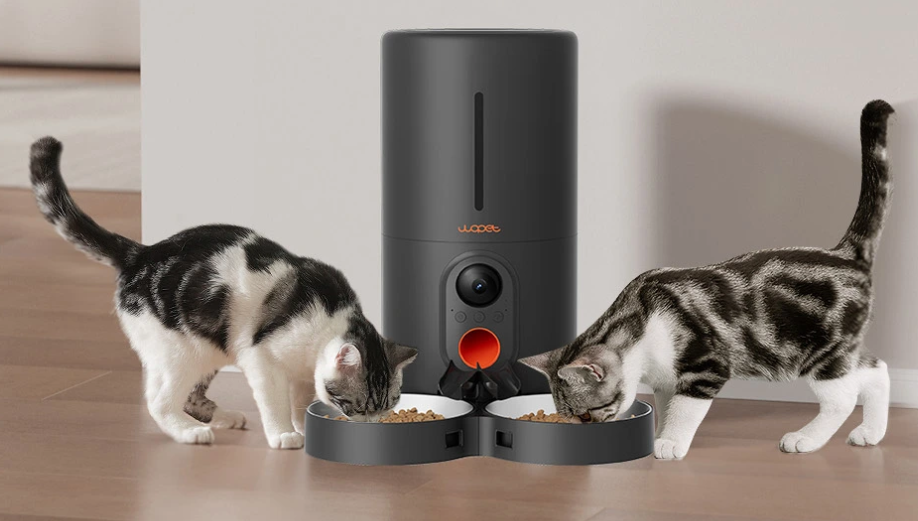
Some cats eat every crumb. Others? They scratch around the bowl like they’re digging for treasure—or hiding one. It looks odd. Maybe even wasteful. But it’s not random. That pawing, scraping, or ‘burying’ behavior has a logic behind it. And no—it’s not always about being full or picky.
Here’s the part most people miss: what looks like strange behavior is often instinct running on autopilot. Leftovers get covered. Surplus food gets hidden. It’s not a mess—it’s survival, memory, comfort, and sometimes, a cry for help.
If you’ve ever caught your cat trying to hide dinner like it’s a secret stash, you’re not alone. But what drives it? That’s what we’re breaking down.
In this article, we’ll cover:
● Why is burying food tied to ancient feline instincts
● How territory and competition shape this behavior indoors
● Signs your cat may be dealing with stress or insecurity
● When burying signals a health or feeding issue
Scratch the surface—this isn’t about spoiled food. It’s about survival, emotion, and routine.
What looks like quirky behavior in the kitchen actually starts on the open plains.
Before cats slept in heated beds or posed for Instagram, they survived by hunting and hiding. Covering leftover food wasn’t a choice—it was protection. In the wild, the smell of exposed meat attracts predators, rivals, and even disease. So, cats evolved to cover or bury anything that might give away their presence.
That survival instinct didn’t vanish when they became house pets. It’s wired in. Today, when your cat scratches the floor around her bowl or tries to ‘bury’ uneaten kibble, she’s responding to the same signals her ancestors did. She doesn’t know she’s not in the wild—her nervous system doesn’t care.
And this isn’t rare. A study found that domestic cats retain strong behavioral links to their wild ancestors, especially in food-related contexts. Researchers observed that even in safe, solitary environments, many cats still displayed food-concealing behaviors that served no immediate benefit, because the behavior wasn’t about benefit. It was about a habit passed through generations.
It’s not fussiness. It’s survival. Hidden food meant a hidden location. That meant one more day to live. And your cat hasn’t forgotten.

Territory isn’t some outdoor-only thing. Indoors? It still calls the shots. Cats don’t guess at space—they claim it. Where they nap, where they walk, and yeah, where they eat. So when your cat starts pawing around her bowl or ‘burying’ leftovers, she’s not being weird. She’s managing the scene. Choosing what stays out, what gets saved, and what disappears—at least for now.
Even if she’s the only cat around, the behavior sticks. Why? Because other cats aren’t the only problem. It might be the vacuum. Or your footsteps. Or a delivery driver slamming the door. The food bowl’s location—too noisy, too open, too... off—can flip a switch. Covering the food becomes her backup plan. Delay now, eat later.
Now toss in another pet or two, and it shifts. Burying becomes a workaround. A quiet way to say, ‘mine’ without starting anything. No growling. No swatting. Just a quick scratch and a covered meal. Conflict avoided.
And sometimes, that tiny scrape by the bowl? That’s her version of a Post-it note. Not loud. Not dramatic. But it says something. And if you know what to look for, it says a lot.
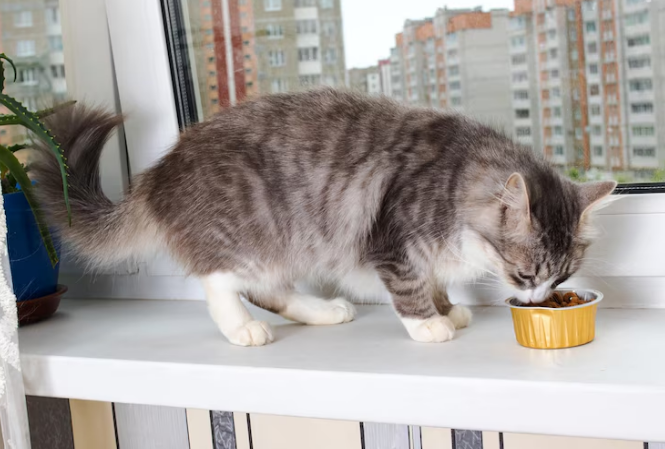
When your cat starts covering her food more often—or does it like she’s racing a clock—it might not be about instincts anymore. It could be stress. Or insecurity. Or something sitting in the background that she can’t shake.
Not every cat lashes out when they’re on edge. Some go quiet. Some act... off. And if burying starts happening with more intensity, that’s your nudge to zoom in. The cause? Often buried too. But it's there. Somewhere in her space, her routine, her brain. Here’s what to look for:
● Excessive Scratching Around the Bowl: A little paw action? Normal. But circling the dish, scratching at tile, carpet, wood—anything—over and over again? That’s different. When the surface doesn't even let her ‘bury,’ and she keeps trying, it's not about food. It's self-soothing. Like pacing. Or licking fur raw.
● Decreased Appetite Paired with Covering Behavior: She sniffs the food, walks off, then turns back just to bury it? That’s not preference—it’s anxiety. Skipping meals is how cats dodge threats they can’t confront. Burying? A silent way to erase the problem. Or at least pretend it’s gone.
● Sudden Shift in Routine or Environment: New place? New pet? Even a shift in when she eats? It can throw her off. Cats need consistency. Shake that up and you’ll see odd behavior fast. Covering food might be how she regains control—one paw-swipe at a time.
● Feeding Near Doors, Windows, or Noisy Appliances: If her bowl sits near the dryer—or too close to the hallway—she’s probably on edge the whole meal. Doesn’t matter if it’s been there for months. If it feels unsafe, it is. Covering the food becomes her backup plan: eat when it’s quiet. When she’s alone. When it feels right.
● Tense Body Language During Meals: Tail stiff? Ears twitching? Half-squatting like she’s ready to bolt? That’s not a peaceful mealtime. That’s survival mode. And if she buries her food after eating like that, she’s not saving leftovers—she’s securing the scene.
Food burying on its own? Not always an issue. But when it walks in with these other signs? It’s trying to tell you something. Pay attention.
Not all food burying comes from instinct or territory. Sometimes, it’s your cat’s way of signaling that something with the feeding process isn’t working.
Cats respond quickly to discomfort, especially around food. If the portions are too large, if the feeding times shift unpredictably, or if the bowl feels too exposed, they’ll often try to ‘fix’ the situation themselves. That fix can look like scratching or attempting to hide what's left behind.
This is where monitoring matters.
Cats thrive on consistency. When feeding patterns shift—either by accident or due to a busy schedule—behavioral signs like burying show up fast. That’s why automatic portion control and scheduled feedings are more than convenient—they create structure.
Smart feeders from WOpet allow pet owners to automate exact meal times and control portion sizes remotely. If your cat tends to bury food after eating half, that may be a sign the portion was too large. With WOpet, you can test smaller meals throughout the day and measure the results without second-guessing.
Feeding behavior often reflects physical health, too. Digestive discomfort, dental issues, or even nausea may lead a cat to reject food and cover it instead. If your cat starts showing new food avoidance behaviors, rule out illness with your vet. But keep in mind: feeding routines can either reduce stress or create it. With the right tools in place, they can also reveal early signs of a problem, long before it becomes obvious.
Burying food? Not weird—it's a signal. Every scrape near the bowl, every bite left behind and tucked away, says something. You’ve seen how instincts, space, mood shifts, and even feeding quirks come into play. More importantly, you know what’s normal—and what needs a closer look.
You’re not guessing anymore. You know that burying ties back to ancient survival cues. You understand how indoor environments—especially with other pets—can influence it. You’ve picked up the behavioral clues that point to stress, and you’re equipped to flag when feeding habits might be off track.
Here’s the result: you respond sooner. You adjust smarter. You create a more predictable, comfortable feeding experience for your cat, and that changes everything.
With the help of smart pet care tools like WOpet, those decisions don’t rely on memory or trial and error. They rely on data, structure, and real-time control. That means better meals, better timing, and better communication—without saying a word. Sometimes, your cat isn’t being picky. She’s being honest. Now, you’re ready to listen.
Label:
Popular Post

What to Feed a Sick Dog With No Appetite? [2025 Guide]
May 16, 2023
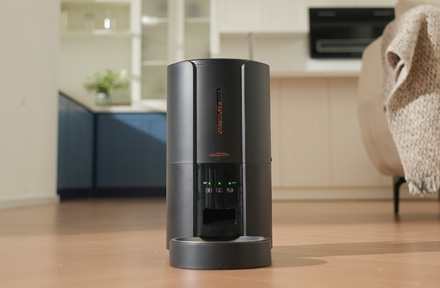
Troubleshooting Common Issues with Automatic Pet Feeders: Tips & Tricks for Pet Owners
Oct 26, 2023
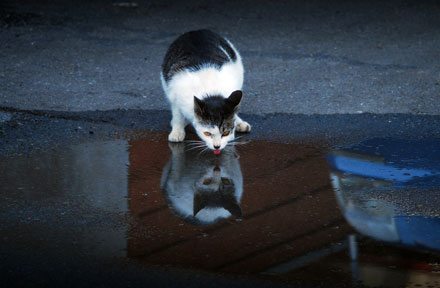
Why Does My Cat Cough After Drinking Water? 8 Potential Reasons
Mar 13, 2023
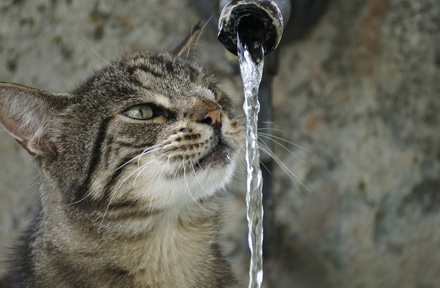
Why is My Cat Throwing up Water? Top 5 Causes Here
Feb 08, 2023
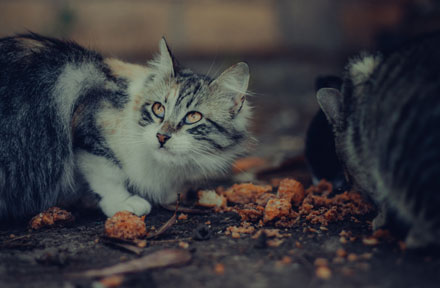
My Cat Only Eats A Little at A Time - What to Do?
Feb 27, 2023
$99.99
$129.99
Copyright © 2025 WOPET. All Rights Reserved.